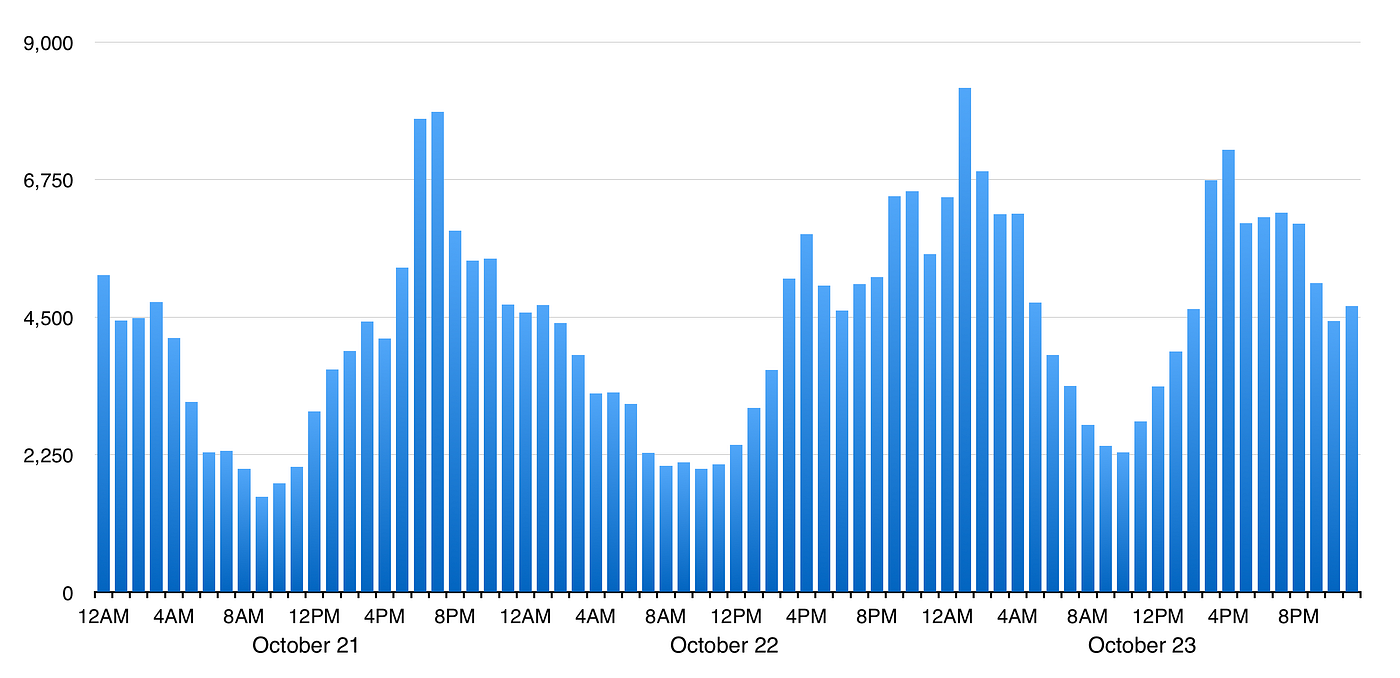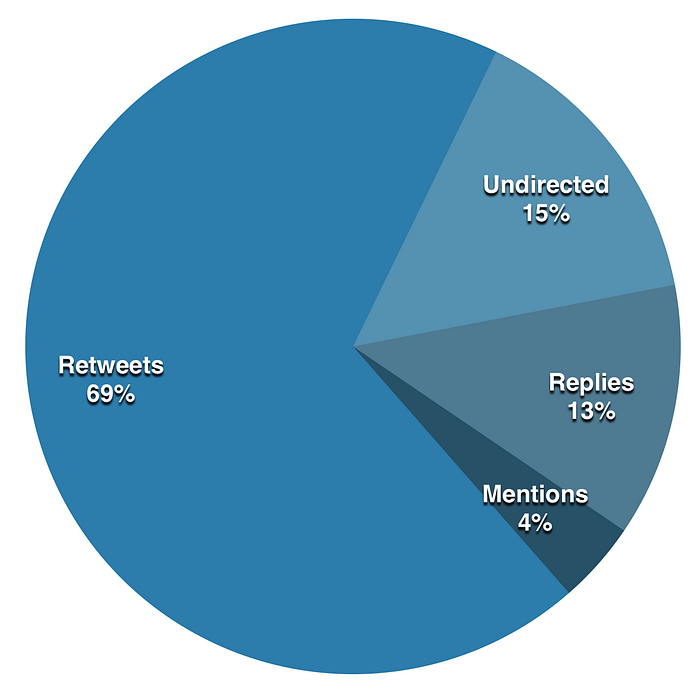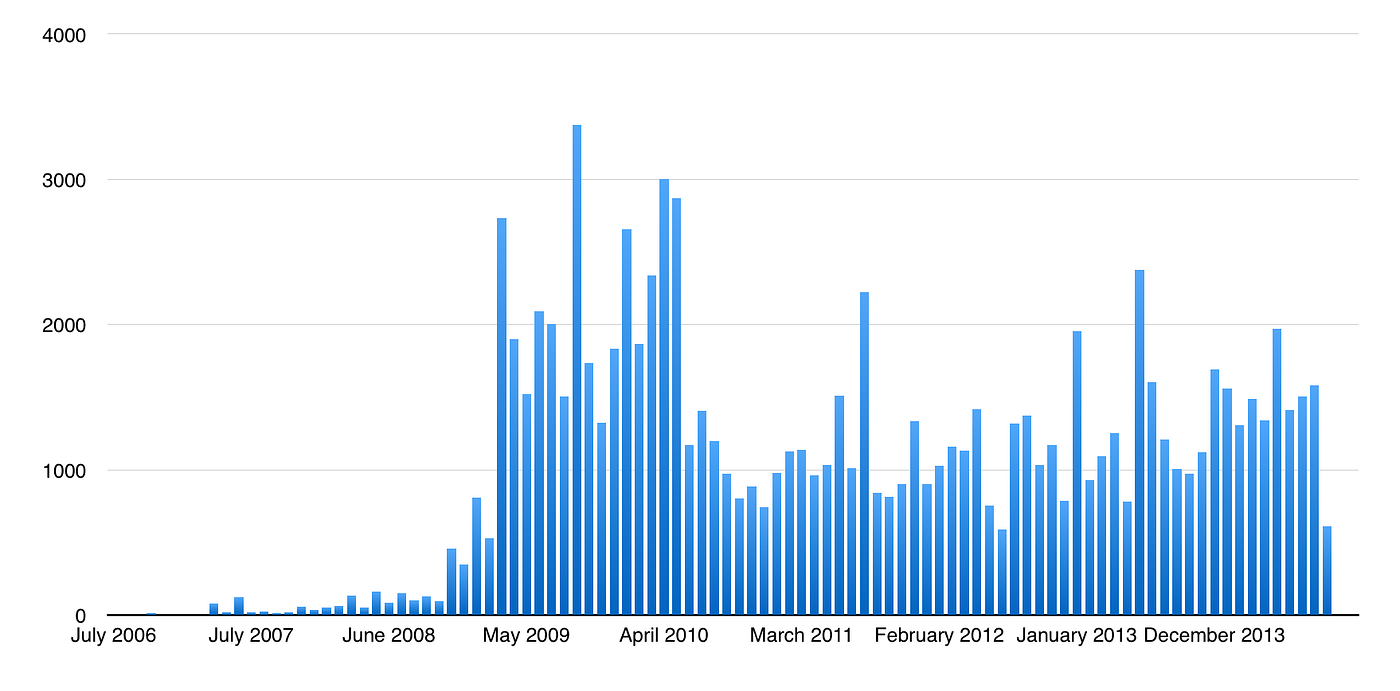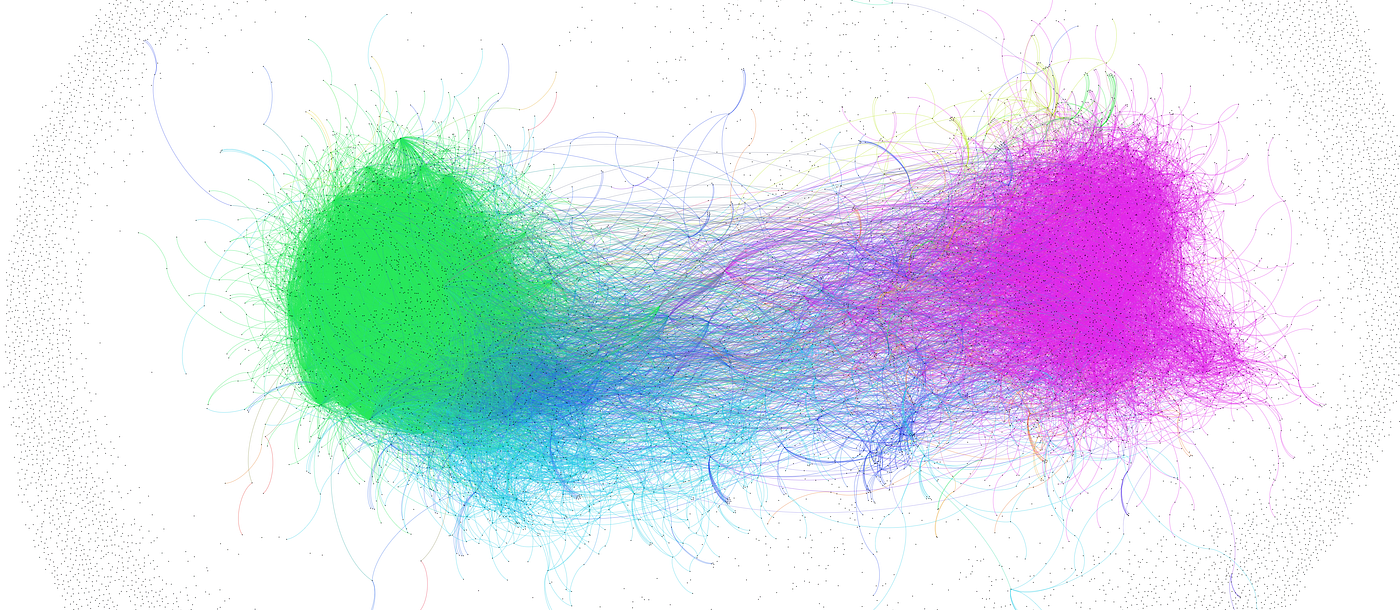Jay Smooth’s new The Illipsis video for Fusion on rioting in Ferguson was so powerful a debunking of a common racist trope, I felt compelled to transcribe it in the hopes more people would read it, quote it, and pass it on.
Take it away, Jay.
Jay Smooth:
So, I want to talk for a minute about human beings and about riots.
This past Monday night, while we were all sitting there waiting for that blow that we all knew was coming and hoping that we might be wrong just this one time, I said on Twitter that, “The fundamental danger of a non-indictment is not more riots, it is more Darren Wilsons.”
The fundamental danger of a non-indictment is not more riots, it is more Darren Wilsons.
— jay smooth (@jsmooth995) November 24, 2014
That thought struck a chord with a lot of people; it was linked to more than any tweet that I’ve ever made. But later on that night, we saw some things happen in Ferguson. We saw some unrest, we saw things you could call rioting.
And when that happened, a bunch of other people on Twitter were delighted by the idea that that heartache and grief and rage gave them a social media “gotcha” moment.
“So who’s the real danger now, Mr. Social Justice Warrior? You see all those thugs out there? You see how you people act? What do you have to say now?”
Well, here’s what I think now: I believe what I said. Now, more than ever.
And if you think what happened on Monday disproves what I said, you didn’t understand what I was talking about.
I wasn’t happy at all about what happened Monday night. I hate to see people pushed that far. I hate to see people’s community, family businesses destroyed. I hated seeing that.
But I’m also clear that if you ask me to weigh one against the other, we are weighing the destruction of property against the loss of a life. And if you value some people’s property more than the life of a black child, we’re not on the same team.
And regardless of that, for us to even discuss caring about one or the other is presenting a false choice because they’re not in opposition to each other. One is a byproduct of the other.
That unrest we saw Monday night was a byproduct of the injustice that preceded it.
This is not a choice, this is a cause-and-effect relationship. If you’re worried about the effects, you need to be thinking about the cause.
Riots are a thing that human beings do because human beings have limits.
We don’t all have the same limits. For some of us, our human limit is when our favorite team loses a game. For some of us, it’s when our favorite team wins a game.
The people of Ferguson had a different limit than that.
For the people of Ferguson, a lifetime of neglect and de facto segregation and incompetence and mistreatment by every level of government was not their limit.
When that maligned neglect set the stage for one of their children to be shot down and left in the street like a piece of trash, that was not their limit.
For the people of Ferguson, spending 100 days almost entirely peacefully protesting for some measure of justice for that child and having their desire for justice treated like a joke by every local authority was not their limit.
And then after those 100 days, when the so-called “prosecutor” waited until the dead of night to come out and twist that knife one last time, when he came out and confirmed once and for all that Michael Brown’s life didn’t matter, only then did the people of Ferguson reach their limit.
So when you look at what happened Monday night, the question you should be asking is how did these human beings last that long before they reached their human limit?
How do black people in America retain such a deep well of humanity that they can be pushed so far again and again without reaching their human limit?
How do we keep going through this same cycle? Because that’s the thing, it’s not just these 100 days. It’s the 100 times this cycle played out before Michael Brown.
The thing about that tweet I sent out Monday night? That tweet wasn’t really from Monday night.
The fundamental danger of an acquittal is not more riots, it is more George ZImmermans.
— jay smooth (@jsmooth995) July 13, 2013
I made the exact same tweet a year and a half ago about Trayvon Martin. The exact same tweet, word for word, all I did was switch out the name.
And that’s how sick, that’s how predictable and sick this white supremacy Groundhog Day is that we live in. You can literally, word for word, have the exact same conversation, year after year, and just switch out the name of the black child we lost.
There is nothing more exhausting or more inhumane than black America’s eternal cycle of being shocked but not surprised.
When you have to go through your whole life with all your muscles tensed, waiting for the same blow to come again and again, knowing it will hurt a bit more each time precisely because you always know it’s coming. And then you have to teach your children how to go through the same cycle.
That’s the definition of torture. Those are not fit living conditions for a human being.
So when I see President Obama say he has “no sympathy” for people who destroy a car? I’m sorry, but I do have sympathy for them.
I’m not happy to see them doing it, but human beings have limits.
When I watch that footage of Michael Brown’s mother out there crushed and heartbroken and I see her family talk about burning this thing down, I’m not happy to see that, but I don’t think we should be making excuses for that. I don’t think we should be explaining that away.
I don’t think there’s anything to be ashamed of. That is real life. That is what happens when you treat human beings this way.
So if you hated what you saw on Monday night, if you hated seeing those human beings pushed past their limit, you need to do something about the government, the justice system, and the institutions of policing that do not treat them like human beings.
If you watched the news Monday night and didn’t like the effects, you need to do something about the cause.
You, I, we need to go out there and make this country into a place where black lives matter.
Liked this? Go follow Jay Smooth on Twitter and go watch everything he’s ever made. It’s time well-spent.






